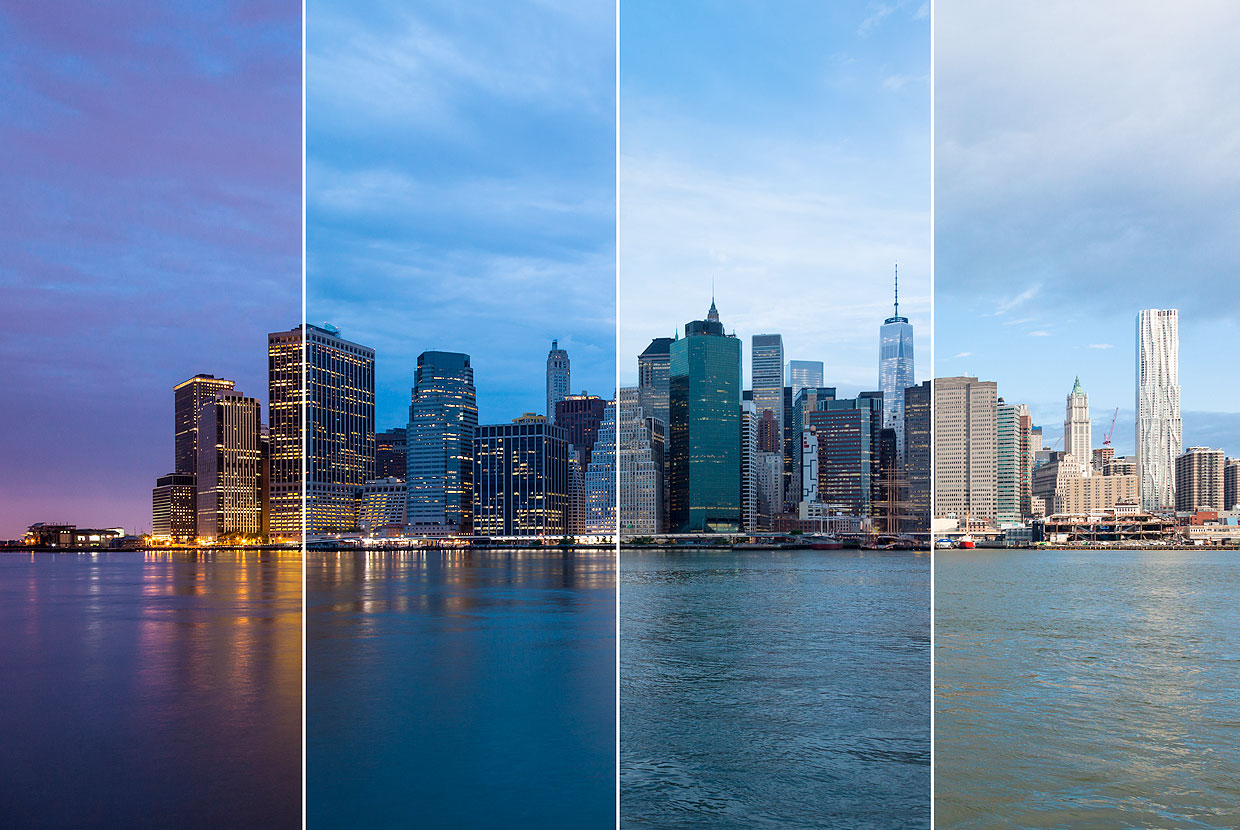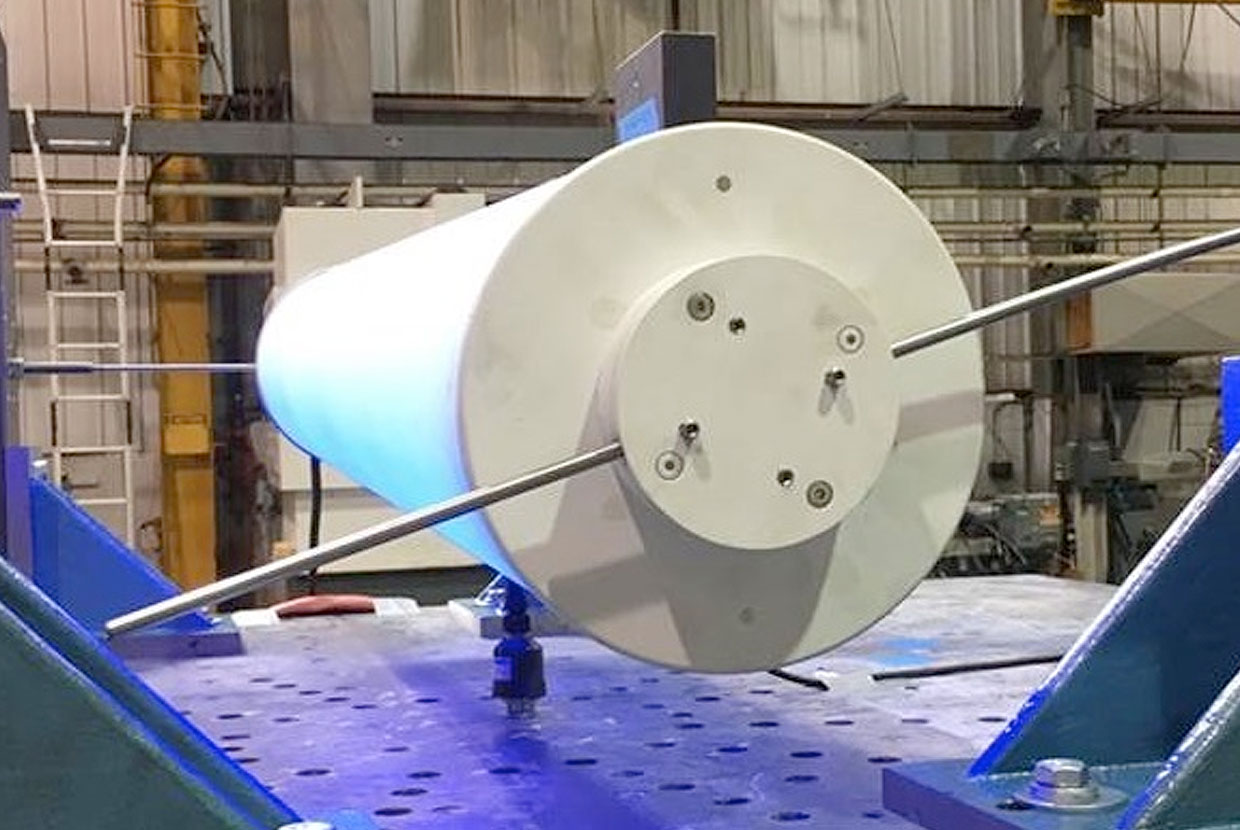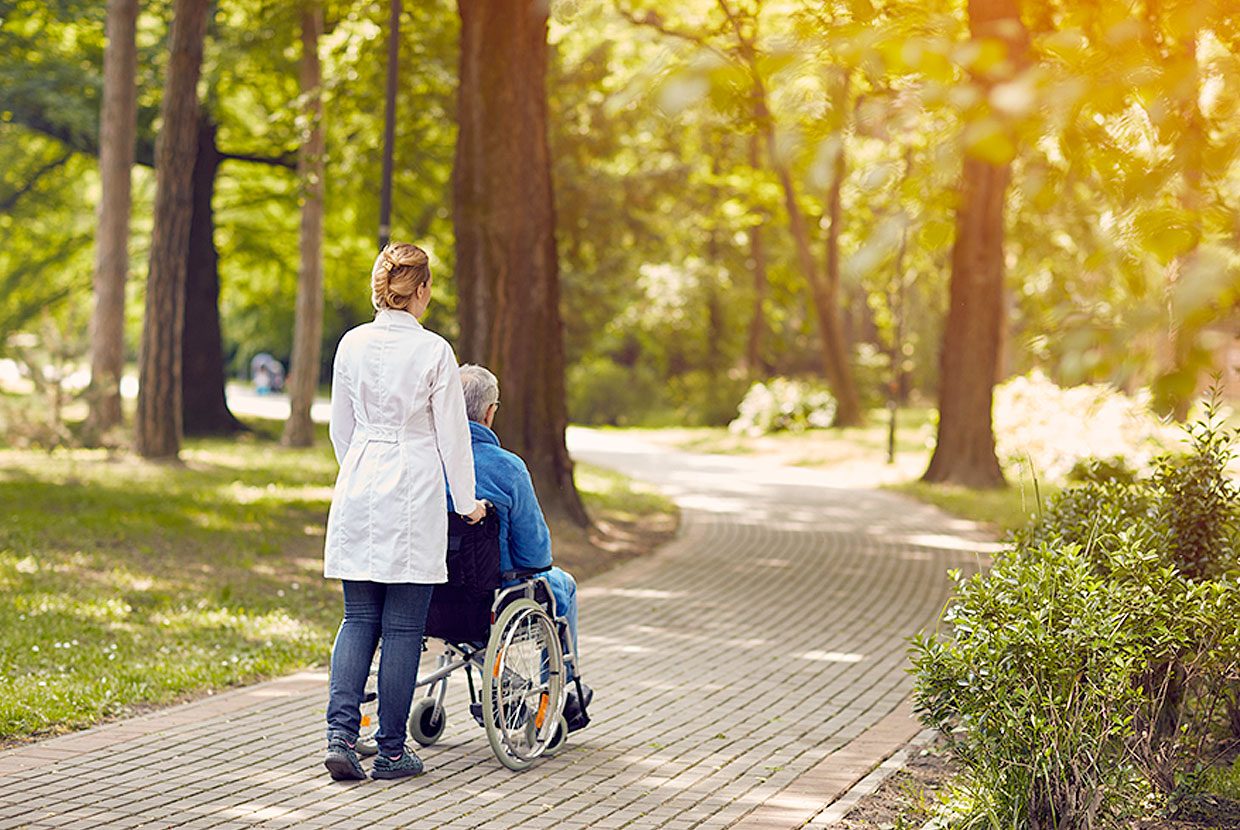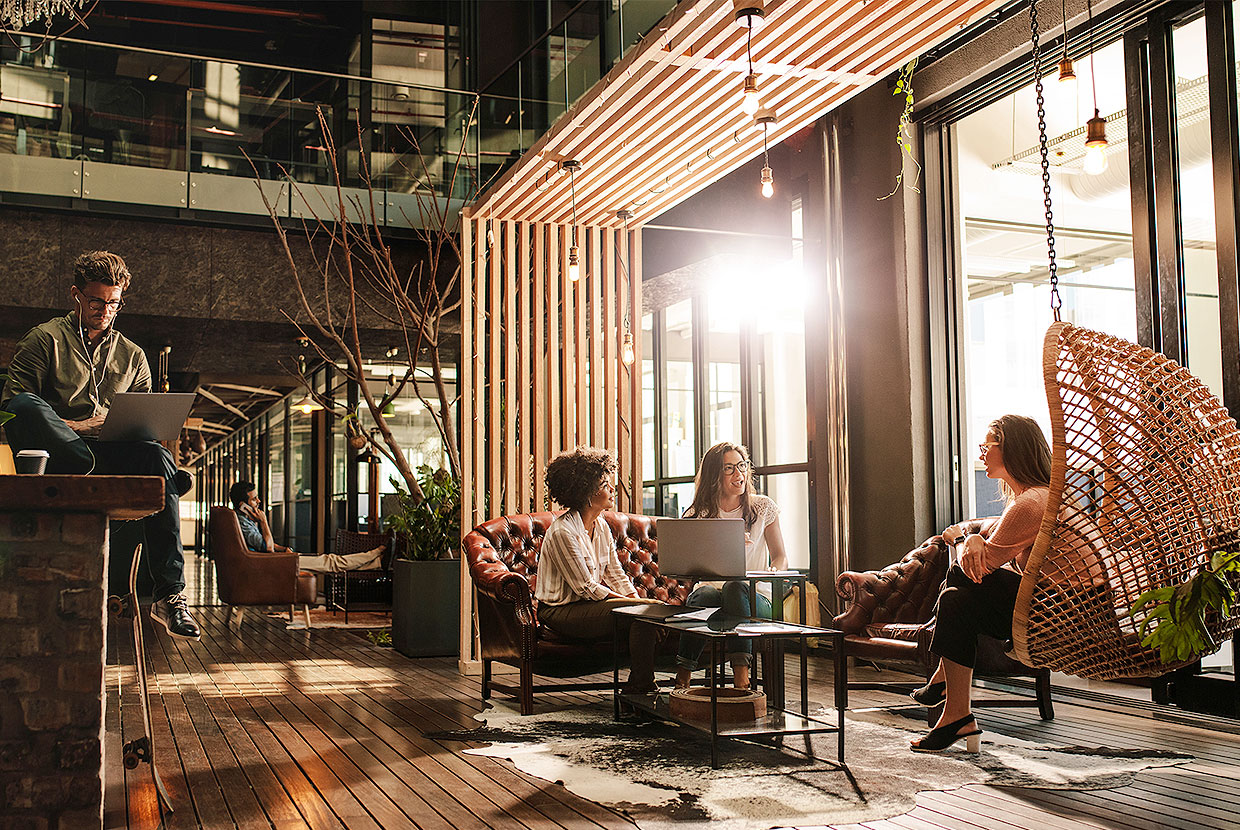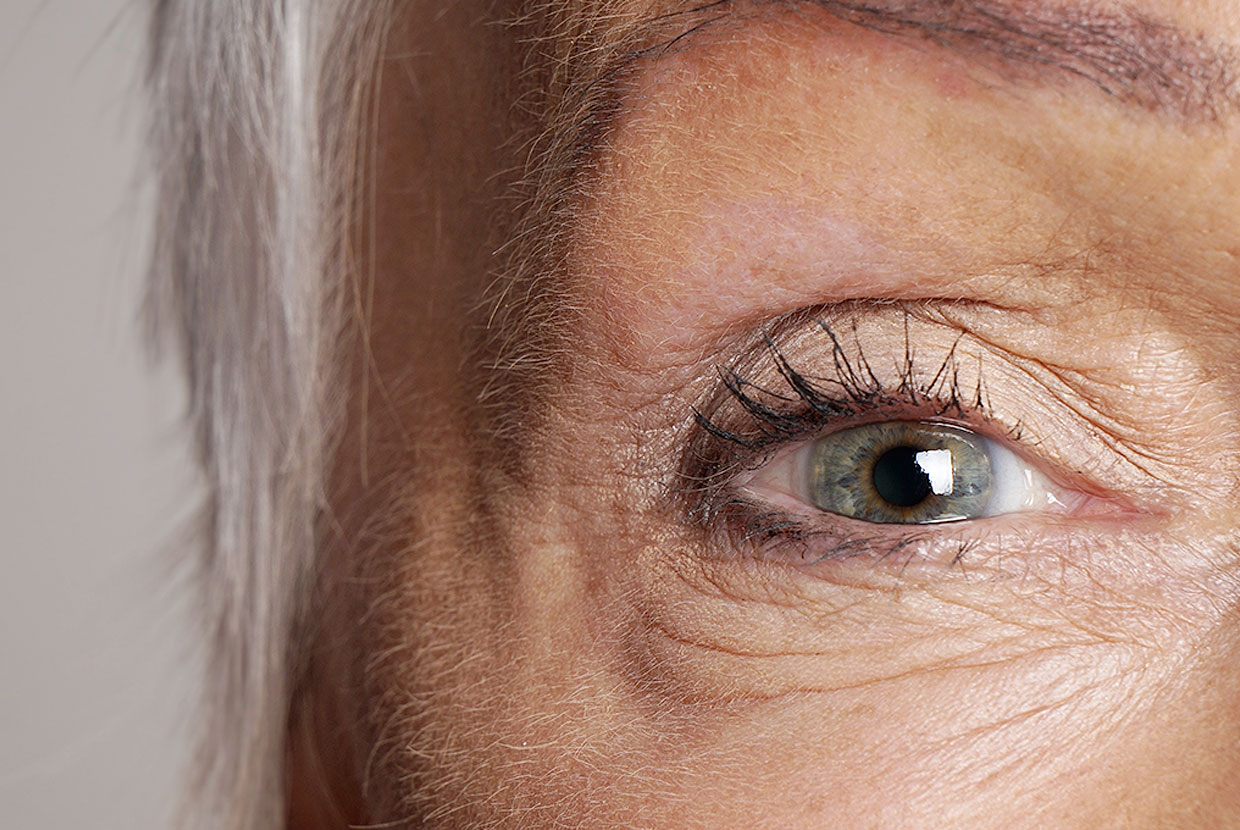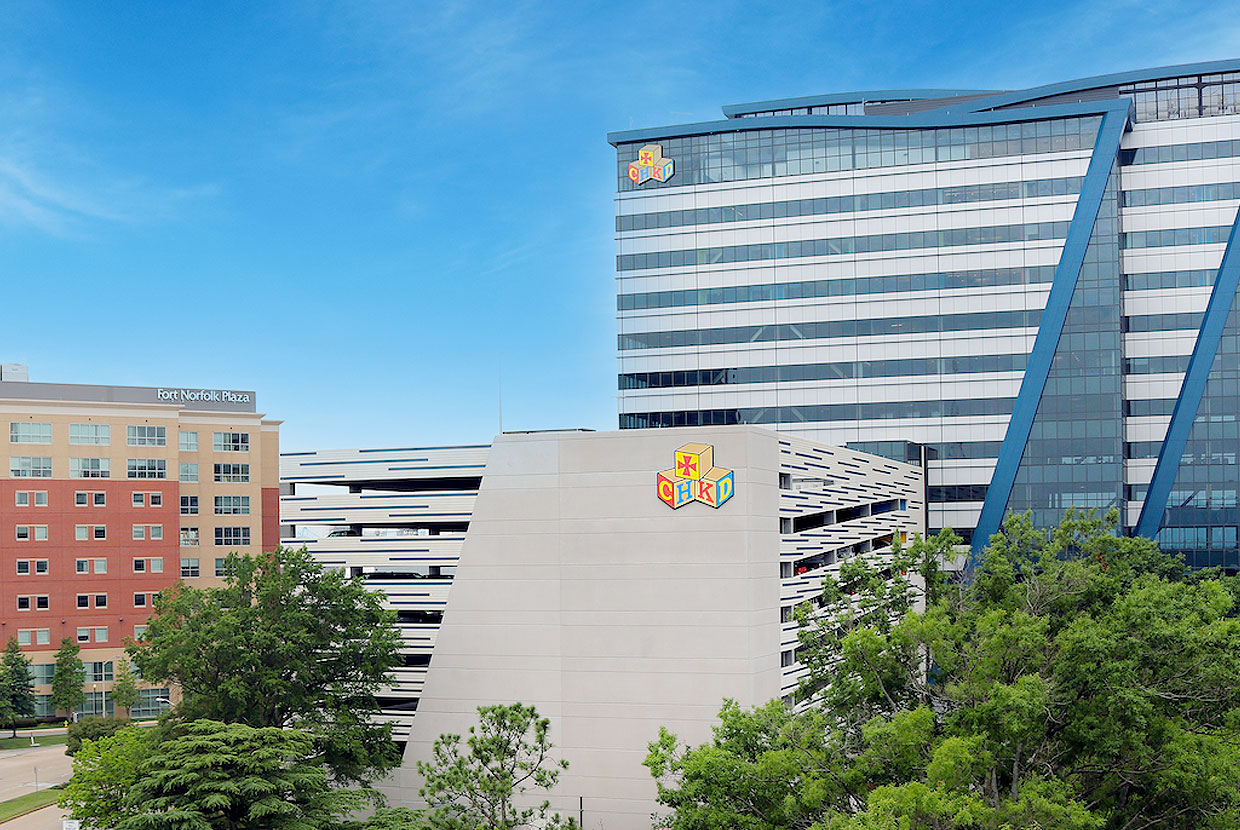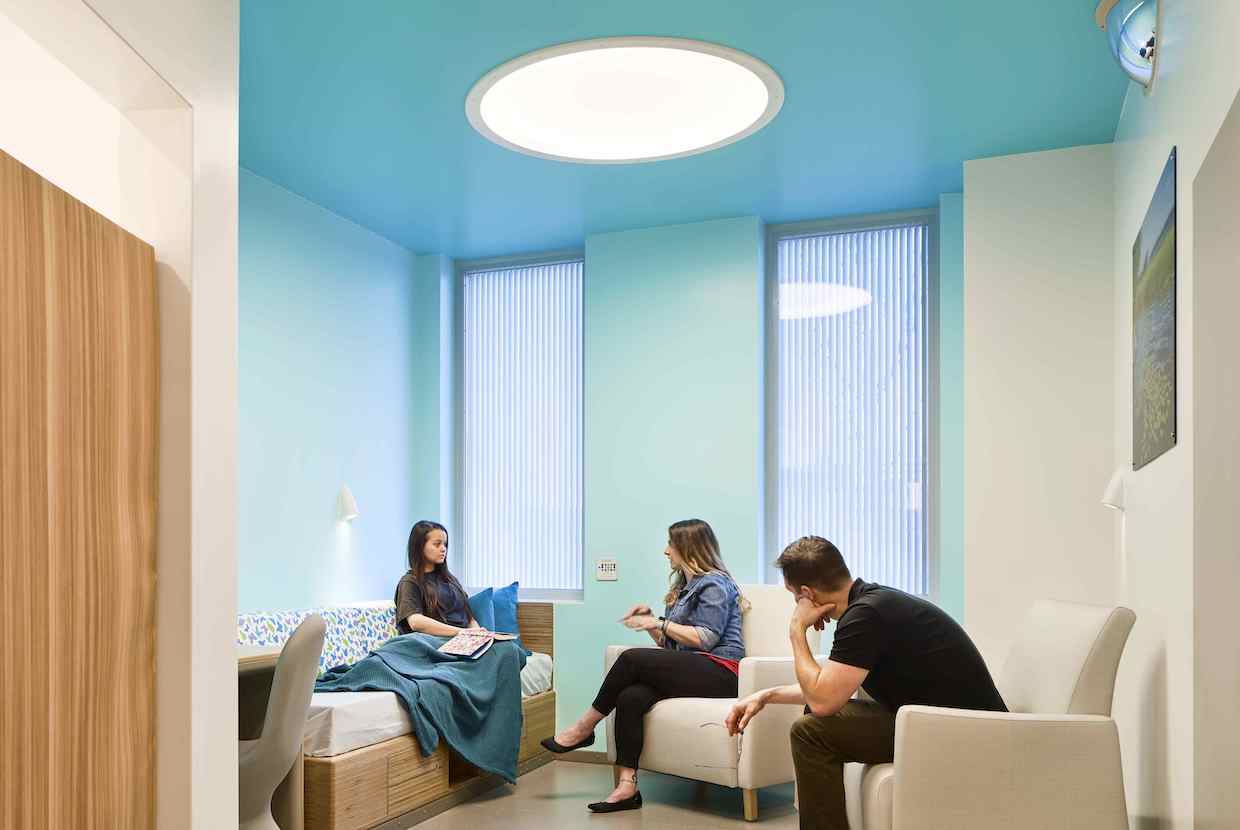Blog
 Learn MorePosted in: Tunability, Education
Learn MorePosted in: Tunability, EducationMeasuring Tunable Lighting In Classrooms
We are just beginning to understand the human body's relationship to light and color temperature. Many studies have questioned how alterations in light impact our circadian rhythms, stress levels, sleep habits, mental health, appetite, etc.
 Learn MorePosted in: Behavorial Health
Learn MorePosted in: Behavorial HealthBehavioral Health Design: Balancing Safety and Empathy
We've spent years figuring out how to design luminaires for behavioral health – and with good reason. Though this is a relatively new building sector, safety standards have guided designers toward the right product specifications and programming strategies for a while.
 Learn MorePosted in: Healthcare, Tunability
Learn MorePosted in: Healthcare, TunabilityKey Takeaways from "Light and Health" at IES NY
When exploring how light impacts health, the best place to start is the human eye.
 Learn MorePosted in:
Learn MorePosted in:Testing Outdoor Pendants: a New Standard
When innovating new products, the Visa Lighting engineering team always try to follow our company and industry standards for quality and safety.
 Learn MorePosted in: Healthcare, Wellness
Learn MorePosted in: Healthcare, WellnessHealing Gardens: Promoting Hospital Staff Well-being
How outdoor spaces and catenary pendants can benefit healthcare professionals
 Learn MorePosted in: Wellness, Workplace Design
Learn MorePosted in: Wellness, Workplace DesignLighting the Workplace to WELL Building Standards
I recently attended a joint meeting of the Local Cincinnati ASHRAE Chapter & IES Section. The topic was on the WELL Building Standard, introduced by the International Well Building Institute (IWBI).
 Learn MorePosted in: Healthcare
Learn MorePosted in: HealthcareLight Sensitivity and Glaucoma: How Lighting Design Improves Patients' Lives
How proper lighting design and circadian rhythm support can improve the lives of glaucoma patients.
 Learn MorePosted in: Behavorial Health, Wellness
Learn MorePosted in: Behavorial Health, WellnessMental Health Awareness All Year Round
Brand new pediatric outpatient mental health facility opens, features latest lighting technology.
 Learn MorePosted in: Healthcare, Luminaire Design
Learn MorePosted in: Healthcare, Luminaire DesignLighting Design for the Behavioral Health Pavilion at Nationwide Children's Hospital
Visa Lighting designed behavioral health lighting for one of the nation's top children's hospitals, meeting high standards for both aesthetics and function, with luminaires built for safe installation in patient rooms.
 Learn More
Learn MoreWhat Does “Noninstitutional Design” Mean For Behavioral Health?
Most design guides recommend a “noninstitutional” aesthetic for fixtures and furniture in behavioral health facilities, often in the context of recommending “therapeutic” design.



